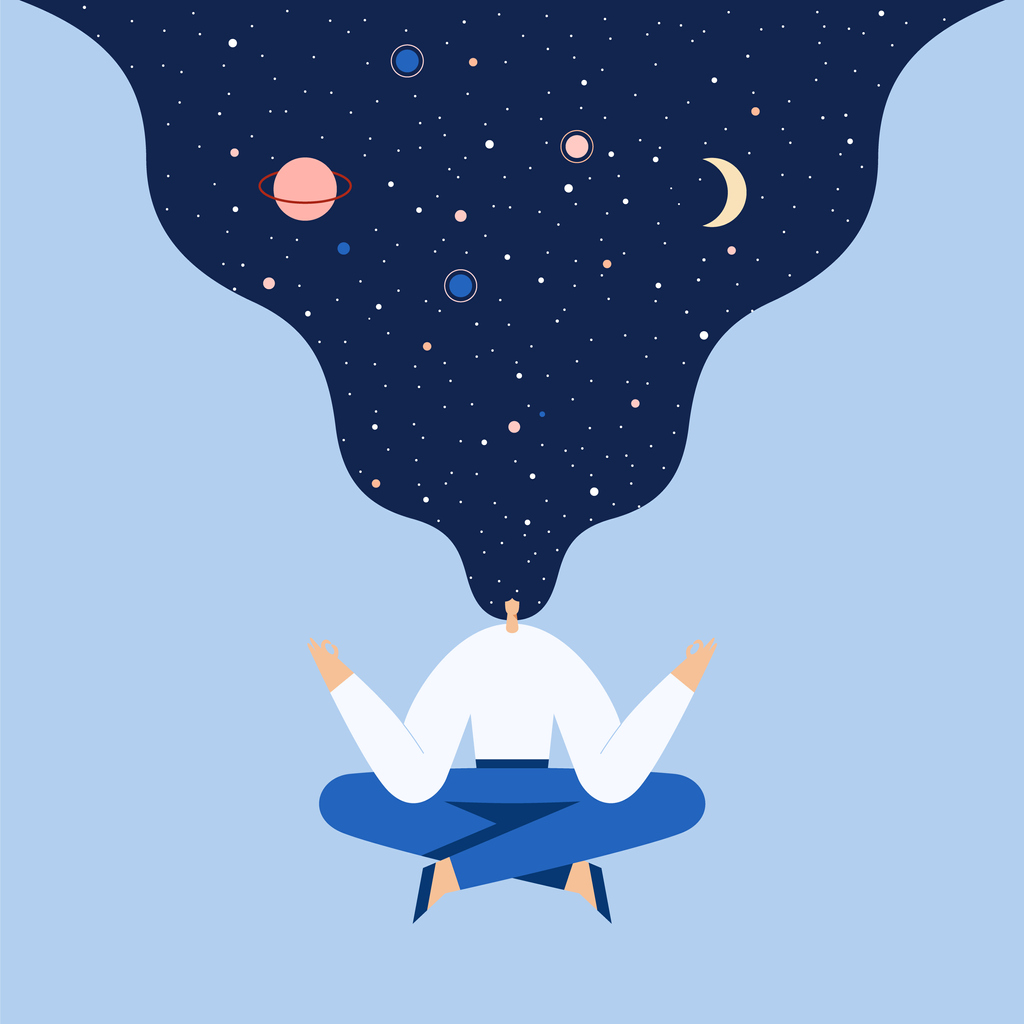Over the years, Mental Health Awareness Week has encouraged conversation around a broad range of issues affecting our mental wellbeing. These conversations have also led to a transformation of attitudes towards mental health in the workplace and a growing recognition of the importance of caring for our mental states in the same way we value looking after our physical health. Indeed, our physical and mental wellbeing are intrinsically linked.
Mental ill-health issues such as anxiety, depression, feeling lost or low are as human and as common as many physical health issues. In the same way we learn to care for our body, we can learn how to look after our mind.
The past few years has made us all more aware of the impact our mental health can have on our overall wellbeing and our ability to function at work. It’s not just a conversation that’s happening at home – it’s happening in organisations across the country.
An invisible illness
Mental ill-health is often hidden. What we see from the outside is not an accurate reflection of what is going on in our mind and heart. As we become more in tune with what is going on with our mental and emotional health, we learn to understand ourselves better, while also developing greater self-acceptance and a more caring and open attitude towards our self and others. This awareness helps us to make wiser choices and as a result it can:
-
Improve how we listen and pay attention to ourselves and others
-
Deepen our relationships with colleagues
-
Increase our capacity to collaborate
-
Help us make more informed decisions in complex and uncertain situations
Understanding our emotional health
Mental ill-health issues such as anxiety, depression, feeling lost or low are as human and as common as many physical health issues. In the same way we learn to care for our body, we can learn how to look after our mind.
To help us better understand the relationship between our mind, body and heart, psychologist Paul Gilbert has developed a practical tool to redress our inner balance (mind, body, heart). His model, which is based on evolutionary neuroscience, divides our emotions into three categories or emotion regulation systems, summarised below.

Source: The Compassionate Mind, Paul Gilbert
The blue system – drive
The emotions in this system include desire (e.g. for a fulfilling career, praise for a job well done, holidays, a promotion), excitement (as we get closer to capturing what we want), joy and pleasure (when we get them). It is associated with the reward hormone, dopamine.
As human beings we all have a need to thrive, be active and have a sense of purpose. For many of us a meaningful job or career fulfils this need. It takes us to the blue zone.
The blue system is connected to the red system (self-protection) in that if, for example, you have a tight deadline, you may feel overwhelmed or panicked, thinking that you can’t deliver in the time given, or that you are not up for the job, or perhaps you fear that you will fail.
It’s easy to get stuck in the red system experiencing a constant state of alertness and anxiety if we are not in tune with how we are feeling. While bursts of adrenaline and cortisol are fine for short amounts of time, over longer periods they have a detrimental effect on our mental and physical health, including low mood, depression, sadness and a weakening of our immune system.
The red system – self-protection (fight, flight or freeze)
The emotions in the red system include fear, anxiety, anger, disgust and withdrawal. Emotions designed to protect ourselves and those we care for. It is associated with the hormones cortisol and adrenaline.
We need all three emotional systems for a balanced, healthy life. Becoming more aware of which system we are in at any one time can help us self-regulate more easily.
The red system is connected to what neuro-psychologists call a negativity bias in the brain. A strong, hard-wired tendency to dwell on negative events and experiences. There is an evolutionary reason for this. Our ancestors were vulnerable to attack by predators and hostile tribes, disease and starvation. They had to look out for danger before they looked out for opportunities.
Neuroscience has shown that our brain is highly plastic, that it can change and adapt. This means that we can work against the negativity bias by focusing on positive, connecting, enjoyable, restorative events such as having a break, going for a walk, sitting quietly, engaging in a meaningful chat with a colleague, working together in a team or having a laugh (all creating feelings found in the green zone – see below).
The green system – contentment
The emotions in this system include feeling safe, content, relaxed, connected, peaceful, fulfilled as well as emotions that connect us to others: kindness, connection, appreciation, gratitude, compassion, empathy and understanding. For this reason, it’s called the calm and connect system.
This system is activated when we feel safe; when we don’t want anything. Integral to the green system are endorphins and the love/affection hormone oxytocin. When these hormones are released we experience a strong sense of wellbeing.
Which emotion system do you spend most time in?
We need all three emotional systems for a balanced, healthy life. Becoming more aware of which system we are in at any one time can help us self-regulate more easily on a daily basis at work and at home. As a result, we become more mentally resilient, robust and resourceful at work and in life.
Becoming more aware of our emotions and mental states (both of which are intrinsically linked) can help us notice when we are in red or blue and when it’s time to spend some time in green, in order to care for ourselves, to take a break, to connect with others, to restore.
Many of us spend more time in blue and red than in green. Most people I work with often say that they spend 90% of their time in blue and red, and just 10% in green.
Here are some tips to help you redress the balance of your emotional life
-
Have regular lunch breaks away from your desk (if you’re working from home, make sure to get out of the house if you can).
-
Spend regular time in a natural environment even if it’s just a short walk or around the block or through the park at lunch time.
-
When feeling anxious or panicked (red system), find a quiet place and take a few conscious breaths.
-
Make time to chat with a colleague, whether that’s in person or just a quick phone call catch up – it can make all the difference.
-
Notice positive, pleasant, enjoyable moments in your day (really take them in).
-
Take up exercise – keep it simple and manageable, for example cycling or walking to work.
-
If you usually work at the office, hold your one-to-one meetings while walking outdoors.
-
When the pressure to be socially active presents itself, remember to continue taking ‘me time’ – even if this means you have to actively schedule two nights per week to spend on your own at home.
-
Turn in early to bed (most people suffer from sleep deprivation).
-
Block out time at the weekend for ‘downtime’ or me-time.
-
Take up or renew an old hobby (something you feel passionate about doing and haven’t done for a while).
Interested in this topic? Read Stress Awareness Month: don’t let pressure become ‘business as usual’.
[cm_form form_id=’cm_65a14c3f5da64′]






